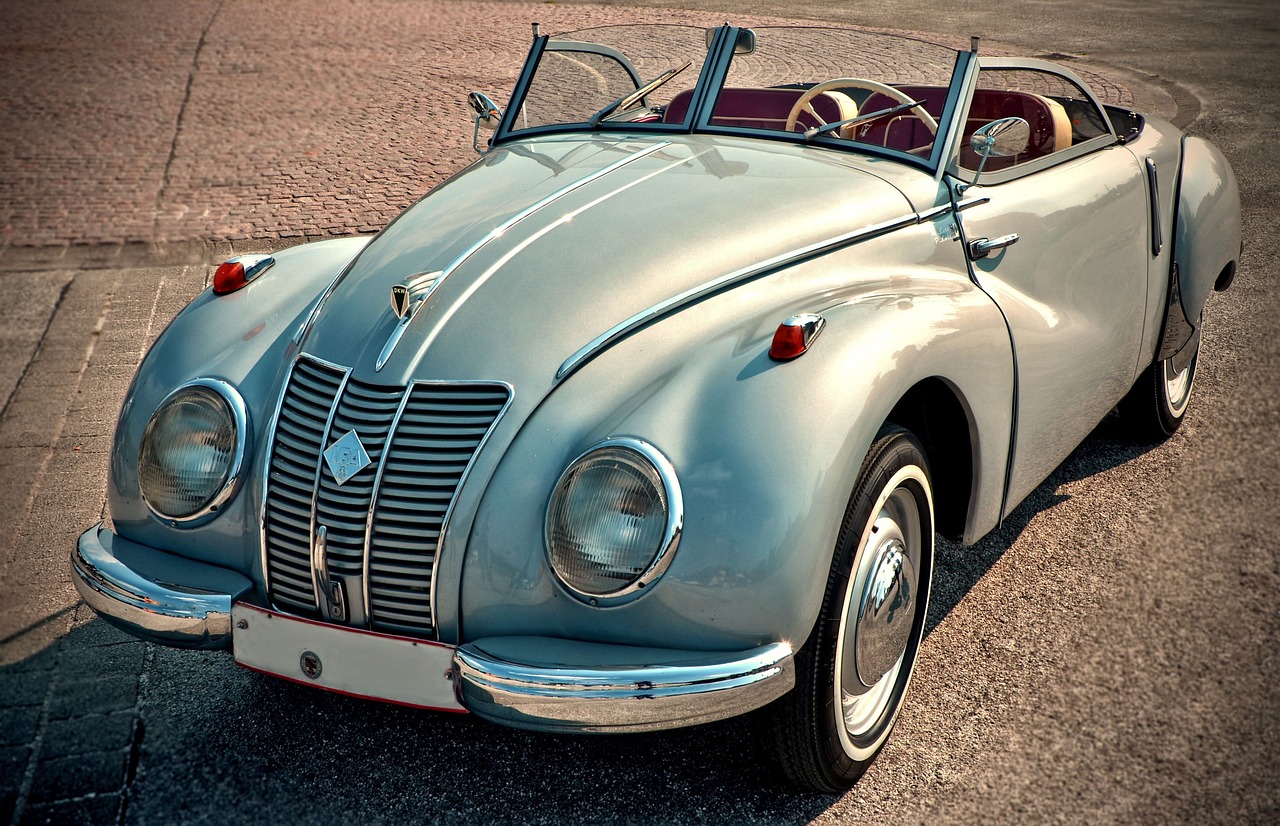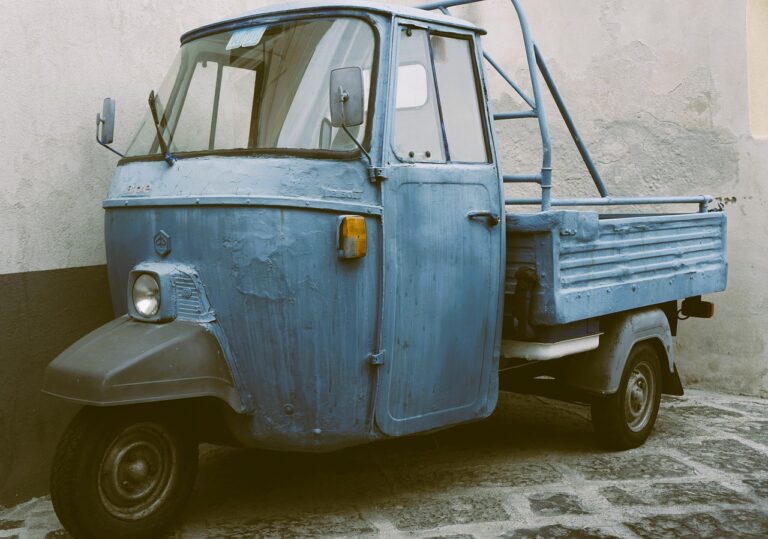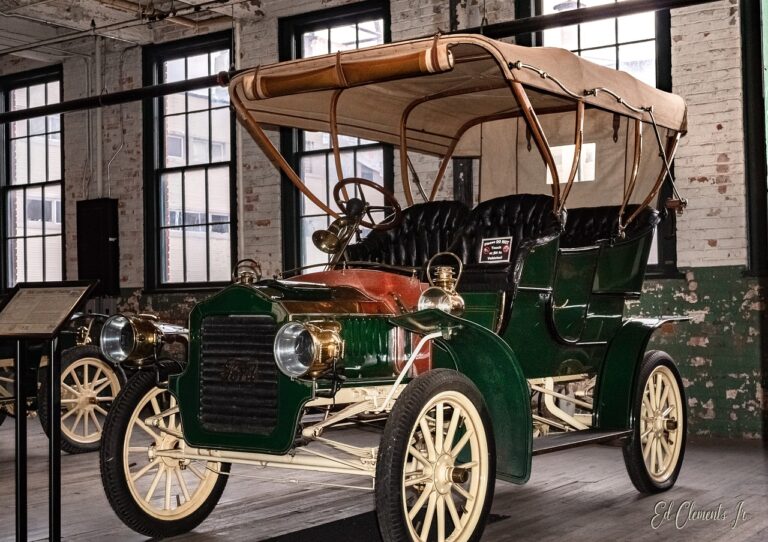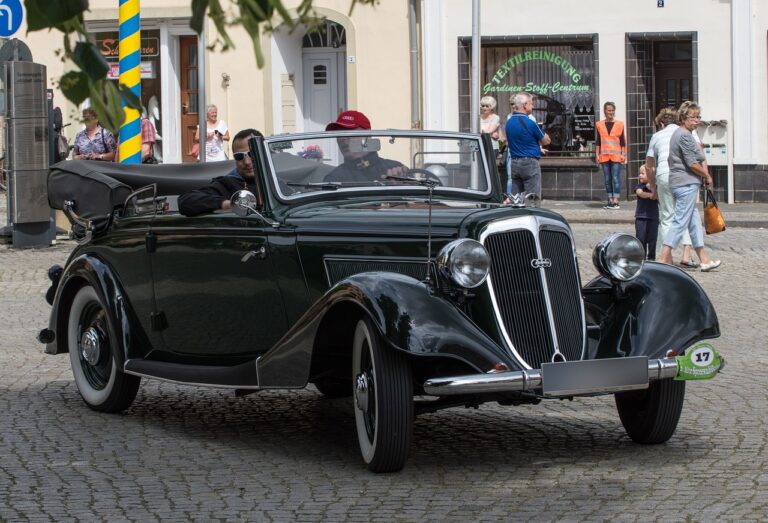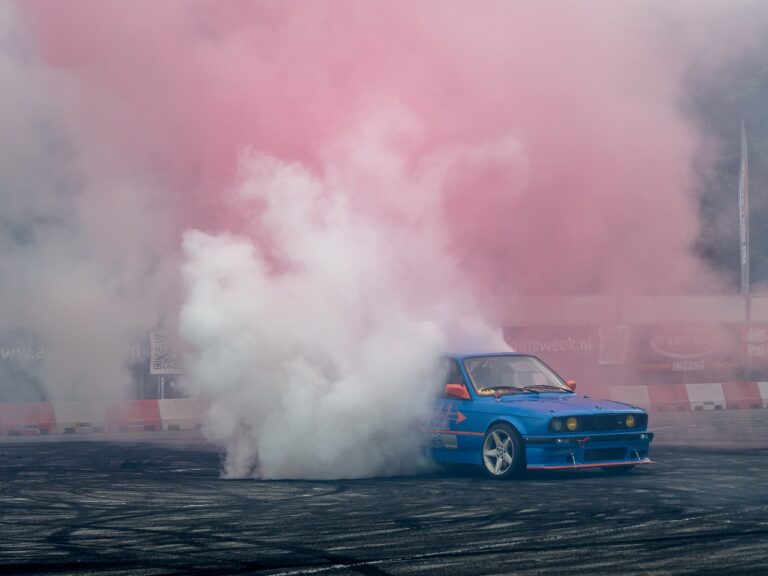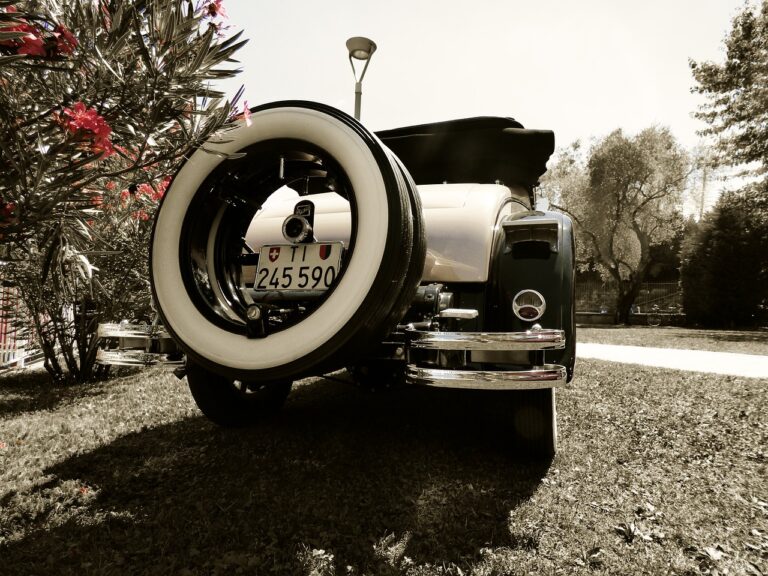The Role of Virtual Reality in Car Design Collaboration Across Global Teams
Virtual reality (VR) technology is revolutionizing the way car designers collaborate on projects. By immersing team members in a virtual environment, regardless of their physical location, VR eliminates the barriers posed by distance and time zones. This enables designers from different parts of the world to work together seamlessly, leading to more efficient collaboration and accelerated decision-making processes. The ability to visualize and manipulate 3D models in real-time enhances communication among team members and allows for better exploration of design concepts.
Furthermore, VR provides a cost-effective solution for car design collaboration, as it reduces the need for physical prototypes and extensive travel for in-person meetings. Designers can review and evaluate multiple design iterations in a virtual setting, saving both time and resources. This streamlined workflow not only increases productivity but also enhances creativity and innovation within the design team. The immersive nature of VR technology fosters a more engaging and interactive collaboration experience, ultimately leading to the development of more innovative and visually appealing car designs.
Challenges of Collaborating Across Global Teams in Car Design
Collaborating across global teams in car design poses numerous challenges that can impede the process and hinder the quality of the final product. One prominent issue is the difference in time zones among team members, leading to difficulties in scheduling meetings and real-time communication. This can result in delays in decision-making and slow down the overall design process, affecting the project timeline.
Another challenge is the cultural diversity within global teams, which can lead to misunderstandings, misinterpretations, and conflicts. Varied cultural norms, communication styles, and work approaches can create barriers to effective collaboration and teamwork. Without a deep understanding and respect for each other’s cultural backgrounds, team members may struggle to work cohesively towards a common goal, impacting the project’s success.
Differences in time zones among team members make scheduling meetings and real-time communication challenging
Delays in decision-making can slow down the overall design process and affect project timeline
Cultural diversity within global teams can lead to misunderstandings, misinterpretations, and conflicts
Varied cultural norms, communication styles, and work approaches create barriers to effective collaboration
Lack of understanding and respect for each other’s cultural backgrounds may impact project success
Improving Communication with Virtual Reality Technology
Virtual reality technology has revolutionized the way communication occurs in various industries, including car design. By immersing team members in a shared virtual environment, VR facilitates real-time collaboration and enhances visual and spatial understanding. This results in clearer communication and more effective decision-making processes among team members who may be geographically dispersed.
Moreover, the interactive nature of virtual reality technology allows designers, engineers, and other stakeholders to visualize concepts in a way that traditional communication methods cannot match. This level of immersion creates a more engaging and dynamic experience, leading to better comprehension and alignment on design objectives. As a result, virtual reality technology has proven to be a valuable tool in improving communication within car design teams, ultimately enhancing the overall design process.
How can virtual reality technology benefit car design collaboration?
Virtual reality technology allows designers from different locations to collaborate in real-time, providing a more immersive and interactive experience compared to traditional methods.
What are some challenges of collaborating across global teams in car design?
Some challenges include language barriers, time zone differences, and the difficulty of conveying complex design ideas effectively through traditional communication methods.
How can virtual reality technology help improve communication in car design?
Virtual reality technology enables designers to visualize and interact with 3D models in a more intuitive way, leading to clearer communication and a better understanding of design concepts among team members.

